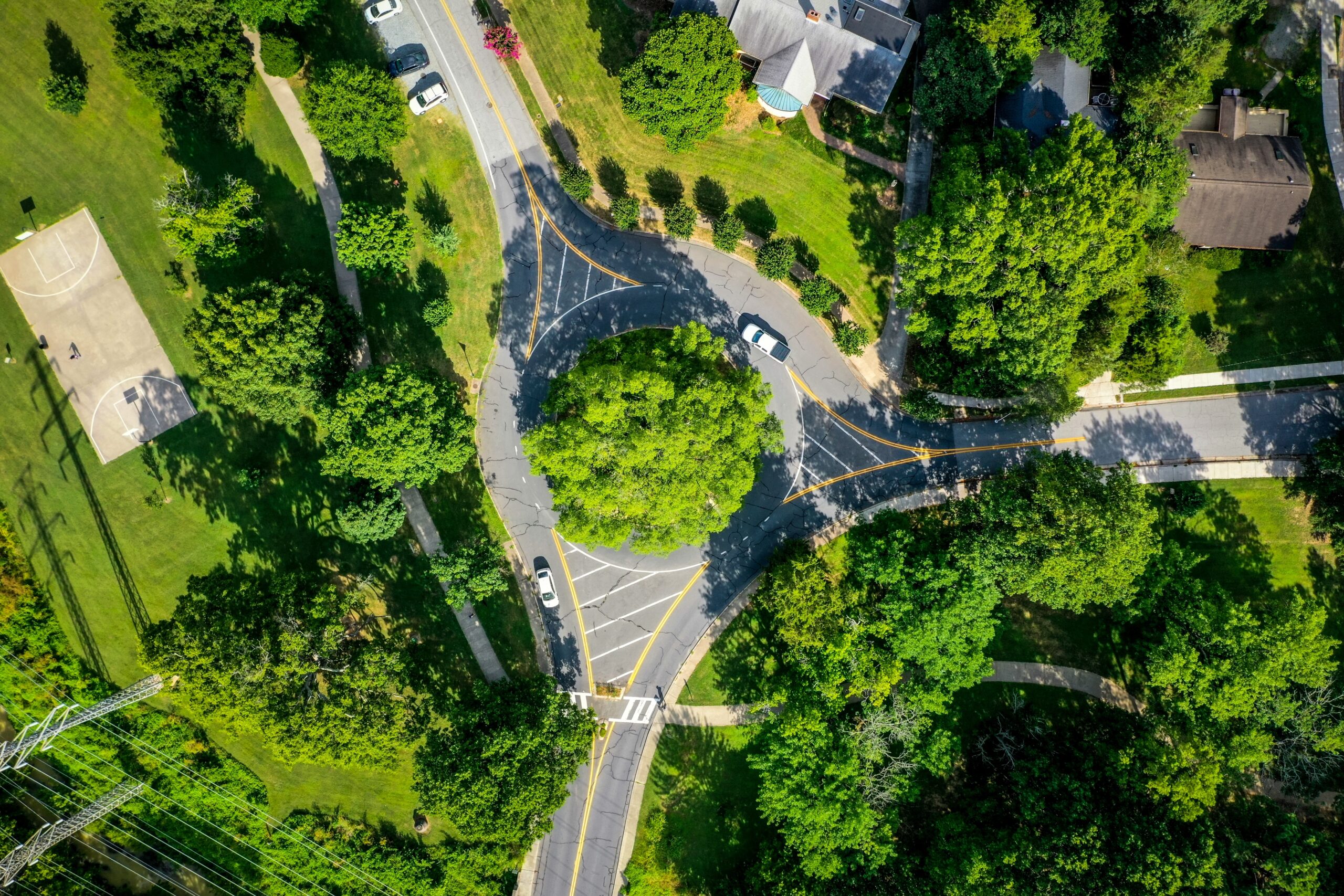In my years as a landscape architect, one thing has become abundantly clear: the success of any urban greening project doesn’t just depend on the design or funding—it hinges on the people it serves. Public engagement is the backbone of creating sustainable, impactful green spaces that resonate with a community’s needs and values. Designing a park, garden, or greenway might start with a concept, but it’s the community that brings it to life. Here’s why public participation is vital and how it has shaped my approach to urban greening projects.
Listening Before Designing
Every community has its unique character, challenges, and aspirations. Before I put pen to paper or open design software, I start by listening. Town hall meetings, surveys, and one-on-one conversations allow me to understand the community’s priorities. For instance, when designing the Brooklyn Green Corridor, residents voiced a desire for spaces where children could safely play and neighbors could gather. Their input shaped everything from the layout to the selection of plant species.
By involving the community from the outset, we can create spaces that reflect their identity and meet their needs. Listening isn’t just about gathering ideas; it’s about building trust and ensuring that everyone feels ownership of the project.
Bridging Knowledge Gaps
Not everyone understands the intricacies of urban greening, and that’s okay. Part of my role is to bridge the gap between technical expertise and community aspirations. For example, during the Green Neighborhoods Initiative, I hosted workshops to explain how stormwater management features, like rain gardens and permeable pavements, benefit both the environment and residents. By demystifying these concepts, we empowered residents to see themselves as active participants in the project’s success.
Educational outreach fosters a sense of collaboration. When people understand the “why” behind a design choice, they are more likely to support and advocate for it. This shared understanding transforms a project from something imposed on a community to something created with it.
Creating Opportunities for Hands-On Involvement
Nothing builds community connection like getting hands dirty—literally. Organizing planting days, cleanup events, and workshops allows residents to actively contribute to their environment. During one of our rooftop garden projects, we invited local schools and community groups to help install planters and plant native species. The sense of pride and accomplishment they felt was palpable.
Hands-on involvement doesn’t just create a physical connection to the space; it fosters a sense of stewardship. When people plant a tree or tend a garden, they feel personally invested in its success. This long-term commitment ensures the space is cared for and valued well into the future.
Addressing Concerns Head-On
No project is without its challenges, and public engagement often brings concerns to the surface. Some worry about gentrification, others about maintenance costs or safety. These conversations can be difficult, but they’re necessary. Ignoring concerns can lead to resistance, while addressing them openly can build consensus.
During the planning phase of the Brooklyn Green Corridor, some residents expressed fears that the project would drive up property values and displace long-time community members. We worked closely with local organizations to ensure the project included affordable housing protections and prioritized equitable access. By addressing these concerns directly, we turned skeptics into supporters.
Celebrating Milestones Together
Urban greening projects can take months, even years, to come to fruition. Along the way, it’s important to celebrate milestones with the community. Ribbon-cuttings, community picnics, and educational tours not only mark progress but also reinforce the collective effort behind the project.
When we completed the first phase of the Brooklyn Green Corridor, we hosted a neighborhood festival. It was a joyous event that brought together residents, local artists, and small businesses to celebrate the new green space. These moments of shared joy remind everyone why the project matters and reinforce the bonds that make a community strong.
Learning from Each Other
Public engagement is a two-way street. While I bring expertise in design and environmental planning, the community brings invaluable local knowledge and perspectives. I’ve learned so much from residents over the years—like the best times to avoid flooding in a particular park or the historical significance of a neighborhood landmark. These insights make projects more effective and meaningful.
One memorable experience was working with a senior citizens’ group on a community garden. They shared gardening techniques passed down through generations, which we incorporated into the design. Their stories and expertise enriched the project and gave it a deeper sense of place.
The Ripple Effect of Engagement
When a community comes together to create a green space, the impact often extends beyond the project itself. Relationships are forged, civic pride is bolstered, and new opportunities for collaboration emerge. I’ve seen neighborhoods once divided by misunderstandings come together around a shared vision for their environment.
These ripple effects highlight the transformative power of public participation. Urban greening isn’t just about adding plants to a city—it’s about strengthening the fabric of a community.
Moving Forward Together
As I reflect on my experiences, one thing is clear: urban greening projects thrive when they are shaped by the people they serve. Public engagement isn’t just a step in the process; it’s the heart of it. From listening to concerns to celebrating successes, involving the community ensures that the spaces we create are not only functional but also beloved.
If you’re looking to improve your neighborhood or participate in a greening initiative, don’t underestimate the power of your voice and hands. Whether you attend a meeting, plant a tree, or simply share your ideas, your contribution matters. Together, we can create spaces that are more than just green—they’re vibrant, inclusive, and alive with the spirit of community.
